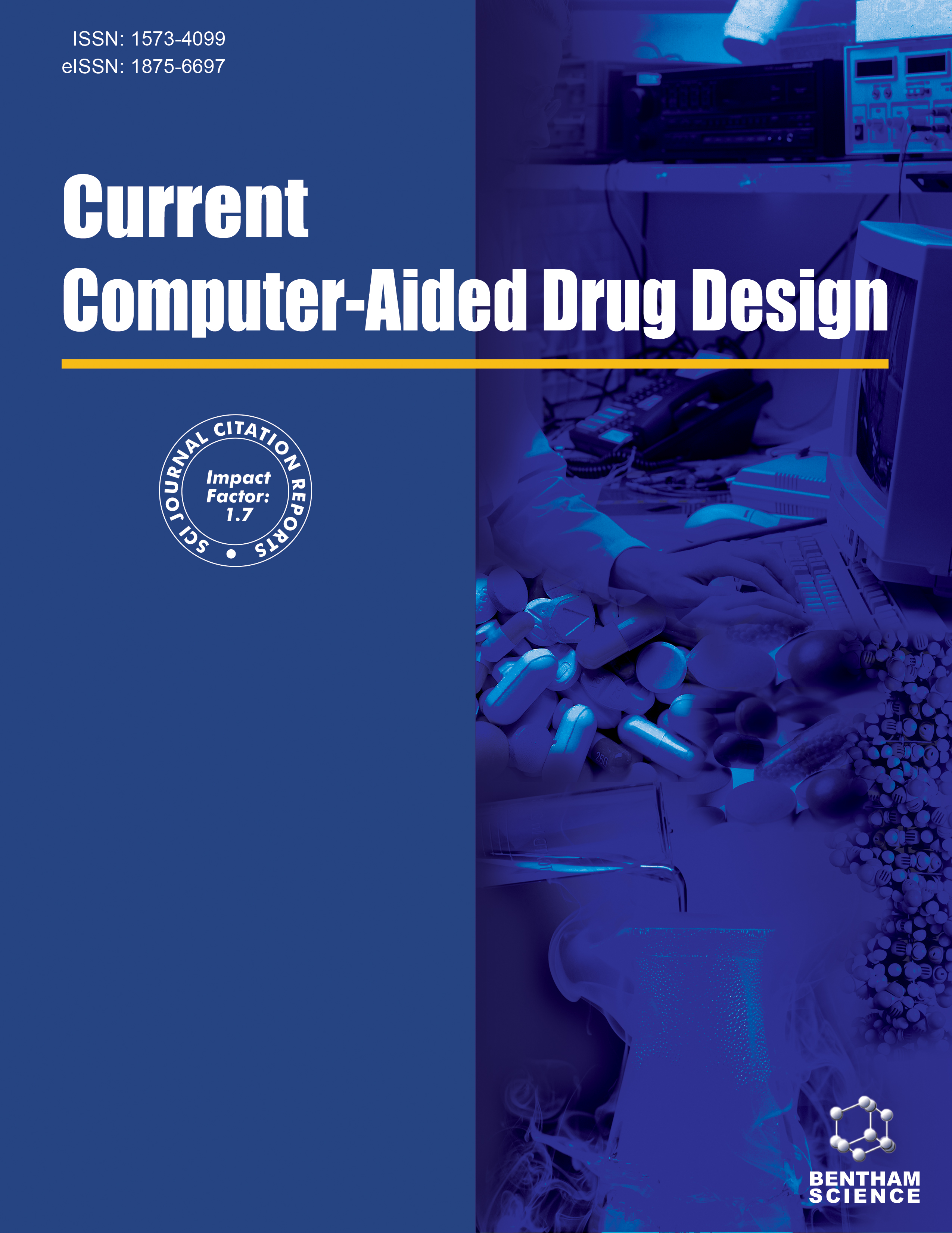
Full text loading...
We use cookies to track usage and preferences.I Understand

Qi-Gui-Jian-Gu decoction (QGJG), as a clinical empirical formula, has clinical benefits in promoting bone formation, but the underlying mechanism for its application in treating fractures has not been investigated.
The potential therapeutic target and signaling pathway of QGJG for treating fractures were analyzed by network pharmacology. In vitro, we used bone marrow mesenchymal stem cells (MSCs) to evaluate osteogenic differentiation and mineralization by alizarin red staining, quantitative real-time polymerase chain reaction (qRT-PCR), western blot (WB), and immunofluorescence staining. In vivo, the 8w male SPF C57BL/6J mouse femoral fracture model was constructed, and the therapeutic effects of QGJG were evaluated.
By network pharmacology analysis, we found that glycogen synthase kinase 3 beta (GSK3β) was a potential therapeutic target of QGJG for treating fractures. The canonical Wnt signaling pathway was selected as the potential molecular mechanism. QGJG was confirmed to upregulate the mRNA levels of alkaline phosphatase (ALP) and bone morphogenetic protein 2 (BMP2), thereby promoting osteogenic differentiation and mineralization. Mechanistically, QGJG inhibited GSK3β while increasing p-Ser9-GSK3β to increase β-catenin protein expression and its nuclear translocation, implying the activation of the canonical Wnt signaling pathway. In vivo, QGJG administration promoted fracture healing, as demonstrated by the up-regulation of OPN and Osx, and accelerated the progression of ossification at 2 and 3 weeks after surgery.
QGJG promotes osteogenic differentiation and fracture healing by activating the canonical Wnt pathway.

Article metrics loading...

Full text loading...
References


Data & Media loading...